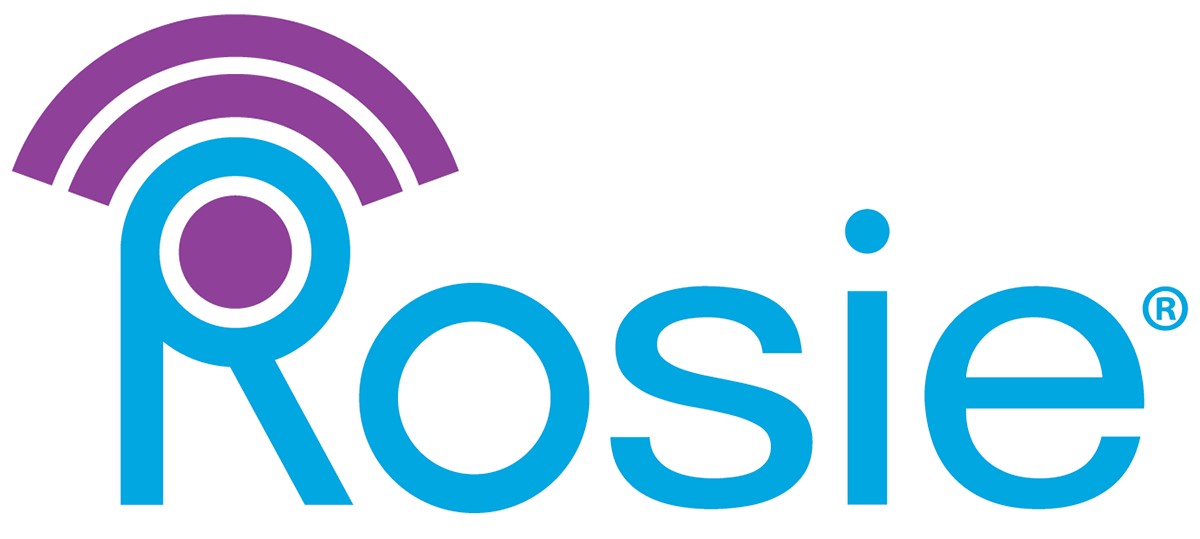Manual vs Automated Vital Method: Which Should You Be Using?
Checking on residents’ vital signs is an integral part of any nursing staff member’s job. It’s common to take vitals manually, but automated methods are gaining more traction as they promise faster, more accurate readings. Improved accuracy can make nursing staff’s jobs easier while providing better service to residents.
Measuring and Recording Vital Signs – Accuracy Is Key
When measuring and recording vital signs, it is absolutely essential that your records be highly accurate. Many factors—especially those related to manually measuring vital signs—can lead to less precise readouts and inaccurate records.
Causes of Inaccuracy
Inaccurate vital sign measurements can result from a variety of factors, including the following:
Recording Errors: Often, inaccurate vital records result from record errors. Rushed staff members may round numbers up or down, transpose numbers, misremember details, or simply use sloppy handwriting. These can diminish the accuracy of your records, even if readings are totally accurate.
Inefficient Tools: Often, measuring vital signs by hand can be a complex process that uses more time than nursing staff may even have. Lengthy measurement processes using complex tools may lead to errors in the readings themselves.
Inconsistent Data: Insufficient data points are another issue. The time it takes to measure, interpret, and record vital signs from patients—and the requirement to do so in person for every single resident—can lead to inconsistent intervals between points of data, which could risk leaving out important information, such as moments where patient vitals spike.
Importance of Accurate Vital Measurements
Accurate and complete vital measurements are integral to the quality of care you give your residents. Eliminating errors helps you avoid common problems that may result from inaccurate vital sign measurements, such as:
- Improper medication
- Misdiagnosis
- Slow diagnosis when urgent care is needed
- Ineffective treatments
Seeing how these issues could negatively impact patients’ health and even put their wellbeing at risk, accurate vital measurements should be a high priority for your facility.
Manual Vs. Automated Patient Vitals
When comparing manual to automated methods for taking vitals, there are multiple factors to consider. The differences between the two can impact your residents, patients, nursing staff, and facility as a whole.
Higher Precision
As already mentioned, precision and accuracy are key issues when it comes to measuring vital signs. In this area, manual methods have been shown to be far less reliable—one study even indicated that as many as 30% of vital signs recorded manually went to patients’ EHRs with at least one error. Automated data collection, on the other hand, exhibited no such errors.
Wasted Labor Hours
The time it takes for vital signs to be measured is also worth considering. Manual methods may be slow and complex, requiring time from nursing staff that may not always be available. Compared to automated methods such as EHR-connected devices that automatically update patient records, manual methods are far more time-consuming.
Easier to Update EHRs
The time it takes for electronic health records (EHRs) is key to maintaining a real-time view of resident wellbeing. Research shows that measuring vital signs manually can take over six minutes longer to reach patients’ EHRs than automated methods, which take less than a minute on average. Rosie’s own EHR-connected platform makes these rapid updates possible when using automated vital measurements.
Satisfaction with Care Provided
With less need to rush vital sign measurements, more accurate records, and more up-to-date EHRs, residents can be better served, leading to higher satisfaction rates, fewer complaints, and a lower likelihood of legal action. Nursing staff find more satisfaction in their work as well since their interactions with residents are less hurried.
FAQs on Measuring Vital Signs
Is manual or automatic blood pressure more accurate?
What happens if vital signs aren’t recorded accurately?
What is the name of the machine that takes vitals?
Automated Tools for Taking Vital Signs
Electronic tools with EHR connectivity are a great way to begin automating vitals measurement in your nursing facility. Rosie offers vitals monitoring carts and other tools that automatically update electronic records. To learn more, contact Rosie today.
